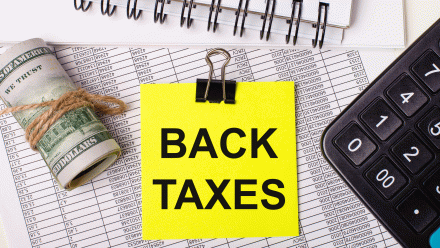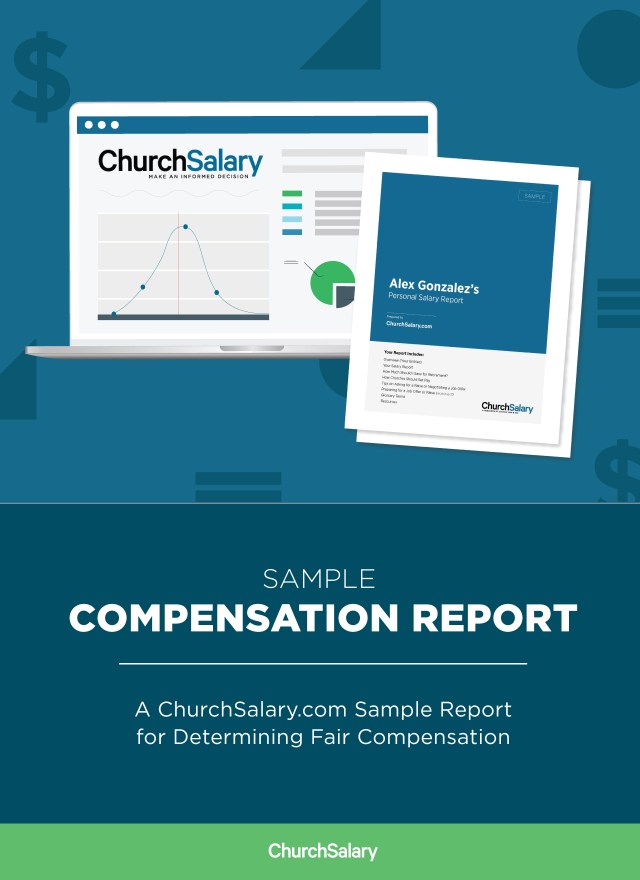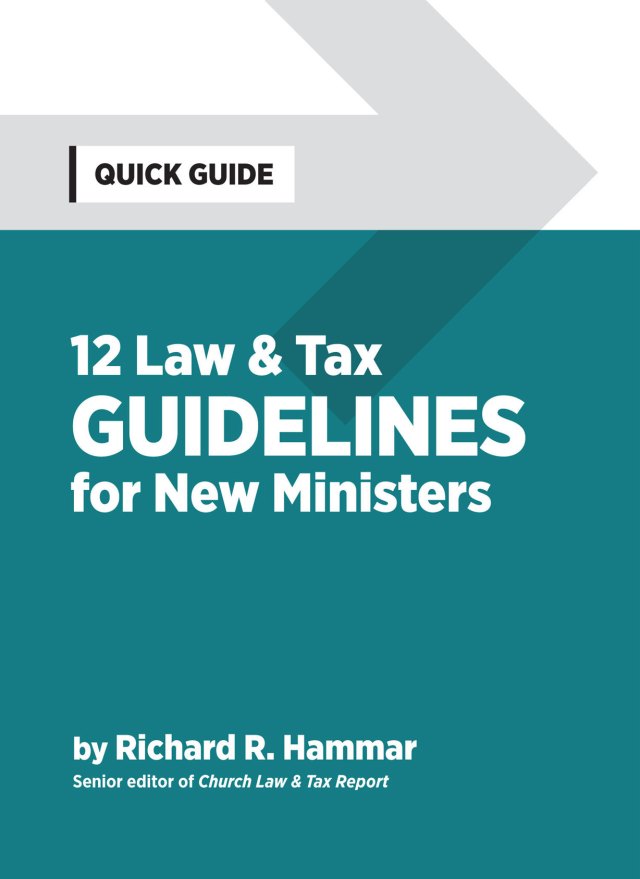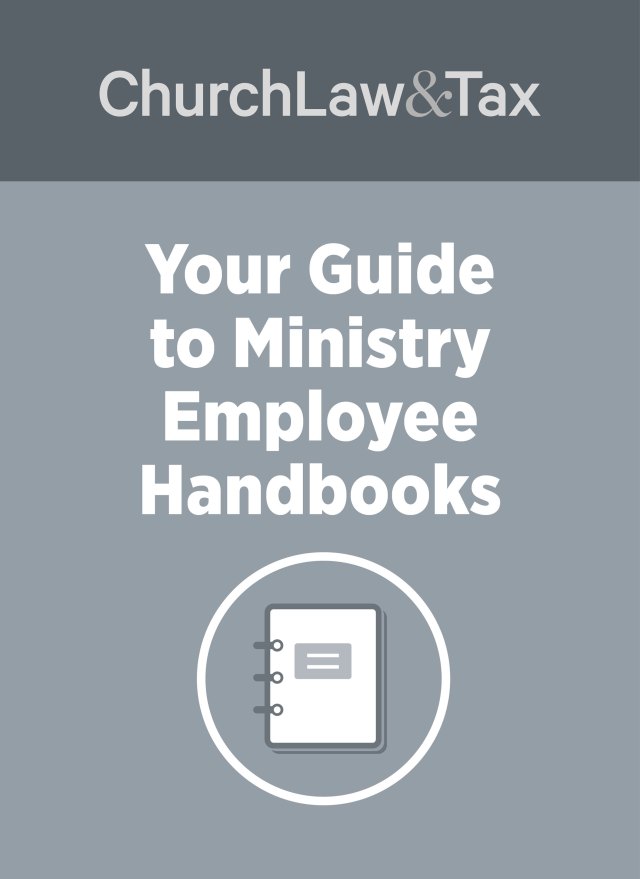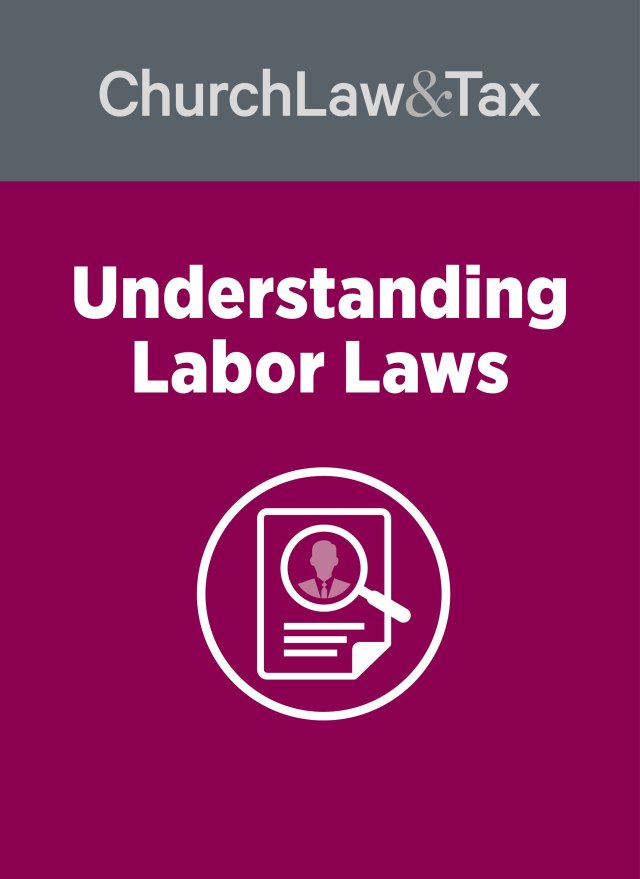Understanding the tax implications of reclassifying an employee as self-employed is crucial for church treasurers. This article explores the potential consequences for both the worker and the church when such a reclassification occurs.
Key Takeaways:
- Workers remain liable for their income taxes, even if misclassified.
- Churches may face penalties for incorrect worker classification.
- Proper classification is essential to avoid financial liabilities.
What happens if a church reclassifies an employee as self-employed? The worker remains responsible for their own income taxes, and the church may incur penalties for failing to withhold the appropriate taxes.
Background
In Lucas v. Commissioner, T.C. Memo. 2000-14 (2000), the Tax Court examined a situation where a company treated a worker as self-employed, neglecting to withhold income and FICA taxes. The worker failed to pay the full amount of income taxes, leading to an IRS audit that reclassified him as an employee. The court determined that the worker was still liable for his income taxes, despite the employer’s misclassification.
Implications for Church Treasurers
Worker’s Liability
If a church misclassifies a worker as self-employed, the worker remains responsible for paying their income taxes. Failure to do so can result in personal tax deficiencies and potential penalties.
Church’s Liability
A church that incorrectly classifies an employee as self-employed may face several penalties:
- Income Tax Penalty: 1.5% of the employee’s wages (3% if no Form 1099 was issued).
- FICA Penalty: 20% of the employee’s share of FICA taxes (40% if no Form 1099 was issued).
- Employer’s Share of FICA Taxes: The church is liable for the full employer’s portion.
- Intentional Disregard: If the misclassification is intentional, the church may be liable for the full amount of the employee’s taxes.
Examples
Consider the following scenarios:
Example 1
Joan is a part-time secretary at her church, earning $10,000 annually. The church treats her as self-employed, and she pays her taxes through estimated payments. The IRS audits Joan and reclassifies her as an employee. Regardless of whether Joan paid the correct amount of taxes:
- She remains responsible for any underpayment of income taxes.
- The church faces an income tax penalty of $150 (1.5% of $10,000).
- The church incurs a FICA penalty of $153 (20% of Joan’s share of FICA taxes).
- The church owes the employer’s share of FICA taxes, totaling $765.
Example 2
In the same scenario, if the church failed to issue Joan a Form 1099, the penalties double:
- Income tax penalty increases to $300.
- FICA penalty rises to $306.
Example 3
If a church treasurer deliberately classifies all lay employees as self-employed to avoid withholding taxes, the church could be liable for all employees’ taxes due to intentional disregard of withholding requirements.
Conclusion
Proper classification of workers as employees or independent contractors is essential to avoid significant tax liabilities for both the worker and the church. Church treasurers should carefully assess worker classifications to ensure compliance with IRS regulations and prevent potential financial penalties.
FAQs
What criteria determine if a worker is an employee or self-employed? The IRS considers factors such as behavioral control, financial control, and the relationship between the parties. Detailed guidance is available on the IRS website.
Can a worker appeal an IRS reclassification? Yes, a worker can appeal an IRS determination by providing evidence supporting their classification. Consulting a tax professional is advisable in such cases.
What steps can a church take to ensure proper worker classification? Churches should review IRS guidelines, assess the nature of work relationships, and consider seeking legal or tax advice to ensure accurate classification.
Are there any safe harbor provisions for misclassification? Section 530 of the Revenue Act of 1978 provides relief for employers who have a reasonable basis for misclassifying workers. However, specific criteria must be met to qualify for this relief. More information can be found in this article.
